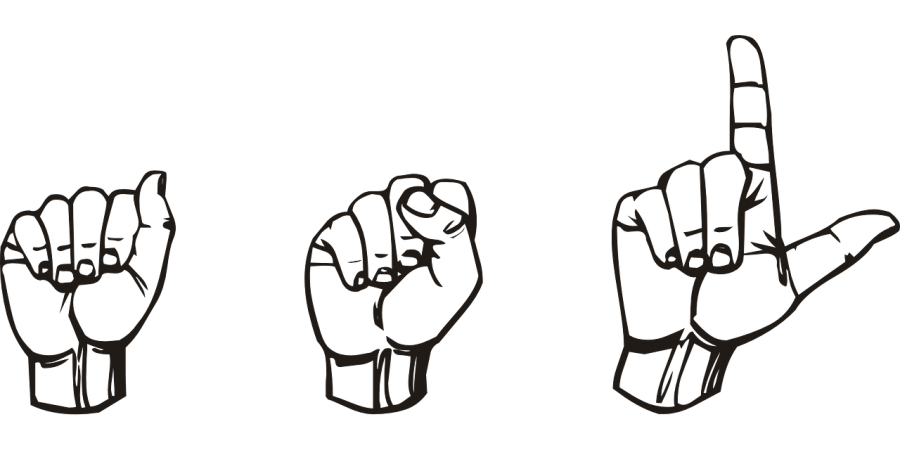Mitchell Jensen: U Professor and ASL Interpreter
July 29, 2021
Professor Mitchell Jensen has been teaching at the University of Utah since 1991 and has been teaching American Sign Language since 1980.
Jensen was headed on a different path when a friend asked if he would be interested in being a developer for the Utah Interpreter Program. There, his job was to create a curriculum.
As a student, Jensen wanted to be a counselor for the deaf, until an opportunity to be an ASL interpreter arose. Now, he is the director of the Utah Interpreter Program.
“I had to develop testing stimulus for interpreters,” Jensen said. “So we had to develop the materials so we could see how they interpreted in different kinds of scenarios.”
David Aranda, associate instructor of world languages and cultures at the U, said 90% of deaf children are born to hearing parents.
“I decided to become a professor so I can educate hearing people about ASL and deaf children,” Aranda said. “[I] enjoyed that students are surprised or had no clue how deaf people survive on a daily basis.”
Aranda also said the challenge of this profession is fighting the myth that cochlear implants are a cure-all.
According to Jensen, formal education is not required to become an interpreter.
“I just learned it from the deaf,” Jensen said. “I started interpreting and took my test and passed it. Originally the test was developed on VHS tapes. So we plug in a VHS tape with somebody talking and they would sign it.”
Prior to online access, a potential interpreter would have to go into the building to be filmed signing. After the individual was filmed, their recording would be sent to a grader to determine pass or fail.
There are two test levels, novice and professional. Interpreters must reach the next level to maintain their certification.
“They have so many years that they have to advance,” Jensen said. “If they don’t, then they’re out of the field.”
Now, the process can be completed online. In 2018 the company started to adapt the project to an all-online system. Just as the COVID-19 pandemic was overtaking the nation, they were able to finish the switch.
“We are the first state to offer a certification test for deaf interpreters,” Jensen said.
If it were not for the influence of his siblings, Jensen would not have found his love of interpreting.
“I had to do a lot of interpreting for my brother and my sister when we were younger,” Jensen said. “If they, you know, went to a store, I would interpret what they wanted. If they wanted to talk to somebody, I wasn’t really good, but it got me very interested in it.”
In college, he had five deaf roommates who all enjoyed pranking each other. They would set their alarms an hour apart and turn off their lights, knowing Jensen would hear the alarm.
“So I would just about get back to sleep and the next alarm would go off, and then the next alarm, and then the next alarm till 5 o’clock in the morning, when I had to get up anyway,” Jensen said.
In the classroom, Jensen enjoys in-person interaction with students and did not like the Zoom format of the past two semesters.
“I hate Zoom,” he said. “I hate it with a passion because all I see is a little teeny square. I can’t get your effect. Are you having a bad day or are you having a good day? I mean, I can see on your face in [the] classroom whether you’re getting it or not.”
Jensen said his favorite part of the job is the students and what they contribute to class.
“You guys are great,” he said. “You bring a lot of life to class.”








